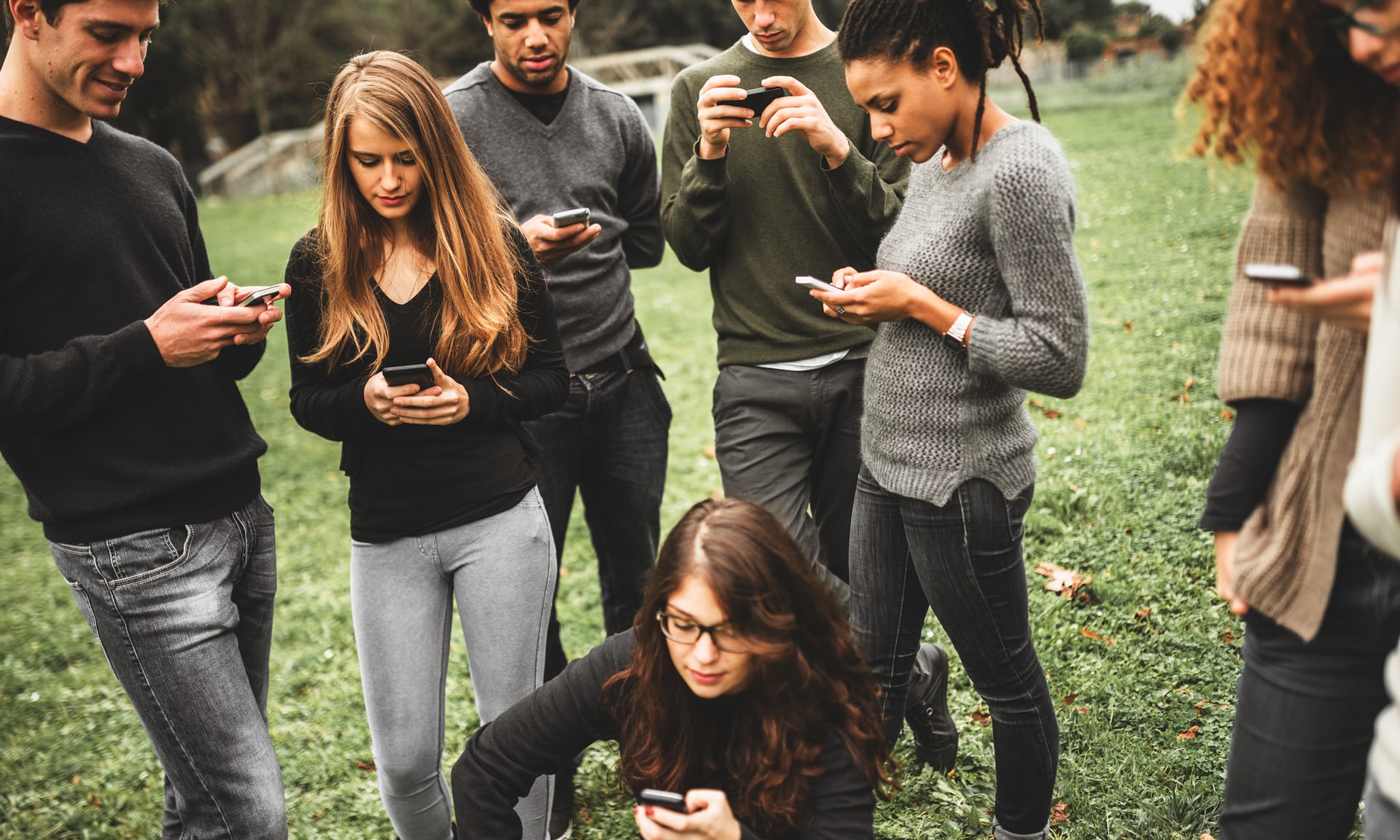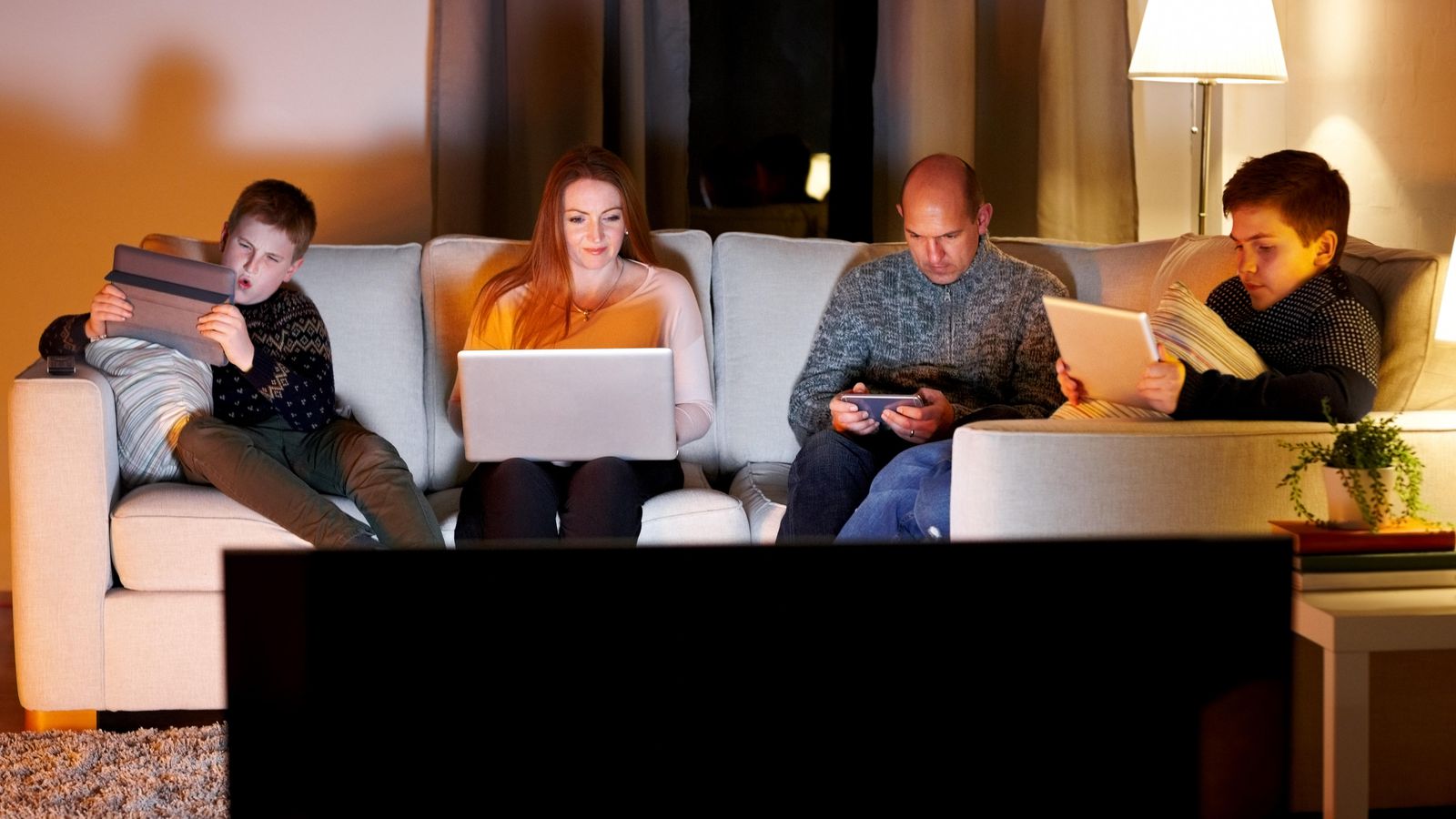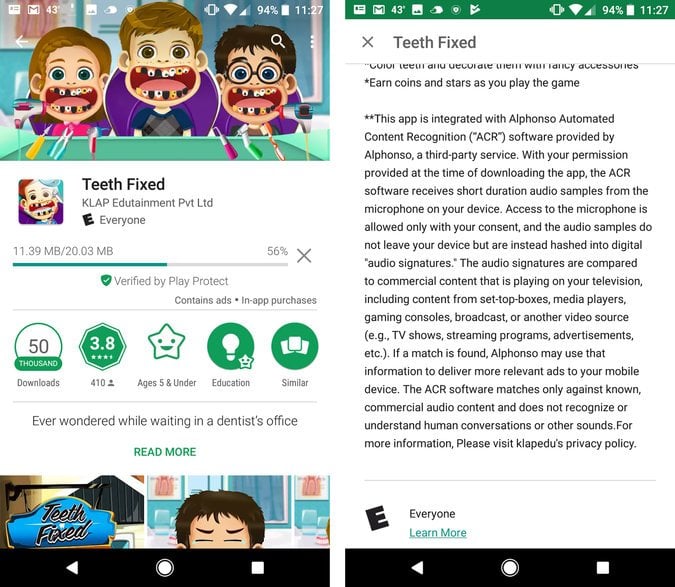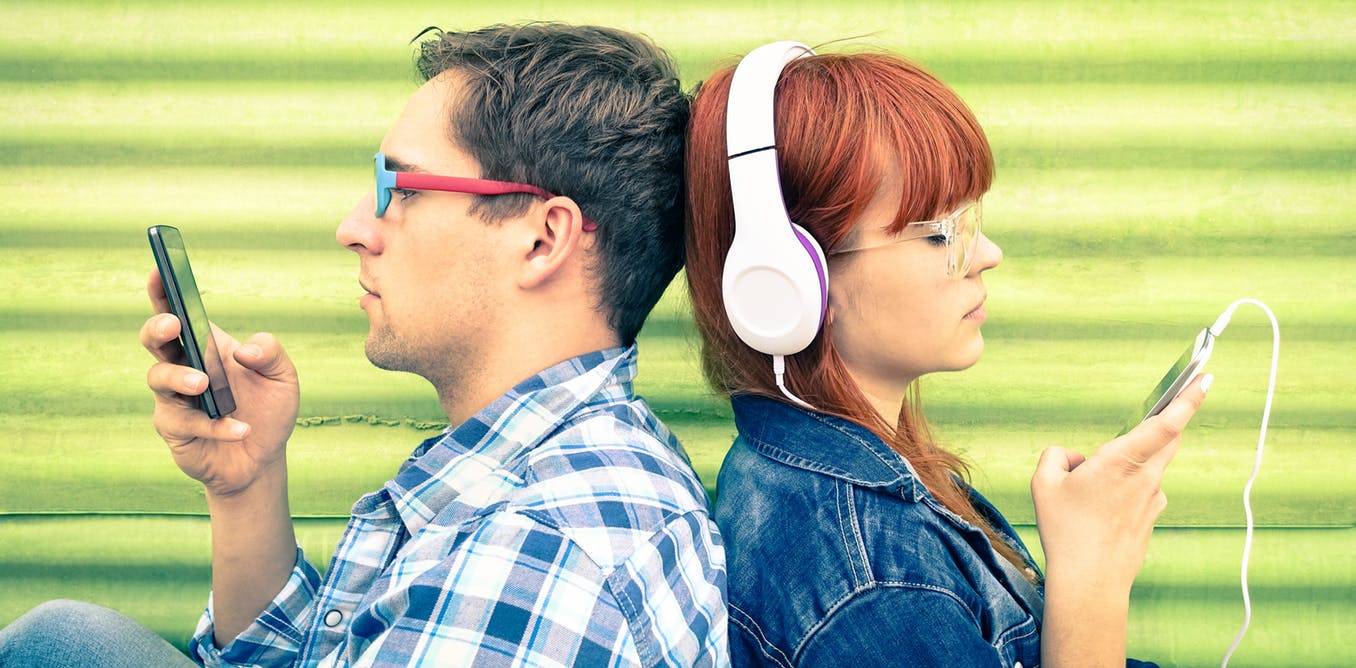Study finds “we’re all getting dumber”
Researchers at Norway’s Ragnar Frisch Centre for Economic Research now have scientific proof of something we’ve long suspsected—we’re all getting dumber.
In their paper, “Flynn effect and its reversal are both environmentally caused,” which was published in Proceedings of the National Academy of Sciences, Bernt Bratsberg and Ole Rogeberg report that IQ scores have been steadily dropping since the 1970s.
The study consisted of analyzing 730,000 IQ test results gleaned from young men entering Norway’s compulsory military service from 1970 to 2009. They found that scores declined by an average of seven points per generation, a reversal of the so-called “Flynn effect” where IQ was seen to be rising during the first part of the 20th century.
The decline may be due to environmental factors, but because the researchers couldn’t find consistent trends among families, Bratsberg and Rogeberg discounted factors like parental education, family size, increased immigration, and genetics as significant causes. The more likely culprit is our Cheeto-eating, binge-watching, video game-playing, never-reading lifestyles.





